BMP: The Future of Infantry Machines
Security issues
Infantry fighting vehicles were to be transported, including transport aircraft. Hence the need for relatively small size and weight. All this could not affect the combat performance. And if in order to maintain more or less normal armor while reducing the linear dimensions, it was possible to sacrifice the internal volume and comfort of the crew, then the low weight required either changing materials or impairing the protection. The issue of dimensions, it should be noted, turned out to be less sick - still in cramped quarters, but with better armor, better and safer than with poor protection, but with a large amount of free space. But the internal volumes of the car are occupied not only by the crew, but also by the engine, transmission, armament, etc.
Against this background, the practice of using BMPs looked a little encouraging. These machines had to operate in the same system with the tanks, which means that it was possible to sacrifice at least buoyancy: tanks could not overcome water obstacles and require the guidance of crossings. So why not apply them to the BMP? As for buoyancy, it should be left to light reconnaissance vehicles, BMD and equipment used in the Marine Corps. And if the car should not float, you can slightly simplify the design and / or pay more attention to protection.
At the same time, no one has canceled the requirements for air transport equipment. German designers and the military found a compromise between weight and protection. On their BMP "Puma" provides a hinge of additional booking modules. If you remove them, the car can be transported with the help of a promising transporter Airbus A400. Accordingly, on arrival at the place you can hang separately delivered modules and go into battle. Original and elegant, especially in the light of the Puma’s combat mass of more than forty tons.
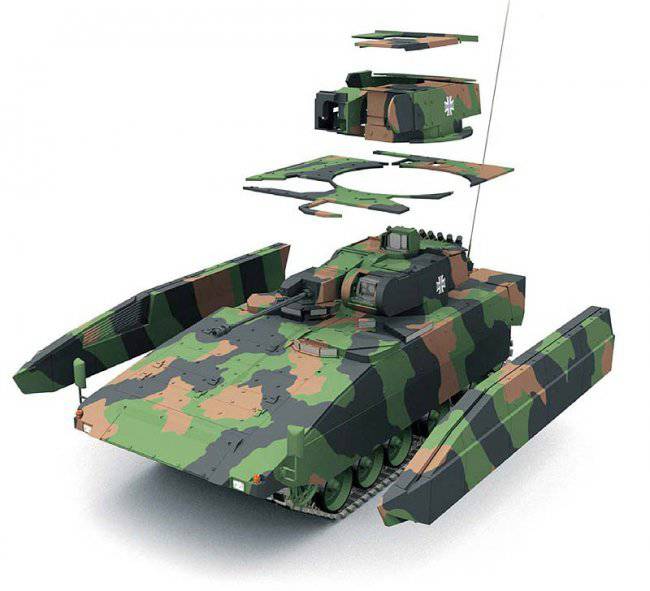
More details can be read here: BMP "Puma"
The German approach to booking allows the BMP, going in the same ranks with the tanks, to risk less than with the traditional "single-layer" armor. At the same time, the developed “C” class protection modules for the Pumas will be able to protect the machine from only relatively small calibers from armor-piercing feathered projectiles - up to 50 mm. In other words, a BMP with modular protection risks less, but still not as tenacious as tanks. It is quite possible that the designers of combat vehicles will begin to more actively equip their products with active protection systems like the Russian Arena.
Separate in the protection of combat vehicles is the problem of mines. If it is relatively easy to fight against high-explosive ones - to make the bottom stronger and thicker, then with cumulative matters the situation is much more complicated. In addition, the BMP can damage not the “belly”, but the caterpillar, which also does not add chances to survive on the battlefield. For the decades that armored vehicles have to fight anti-tank mines, no means were better than mine trawls. Although, it must be admitted, the attachment on the BMP design with wheels or knives looks somewhat doubtful. Hopefully, the designers will find a more convenient and efficient way to save the lives of those who will fight on their creations.
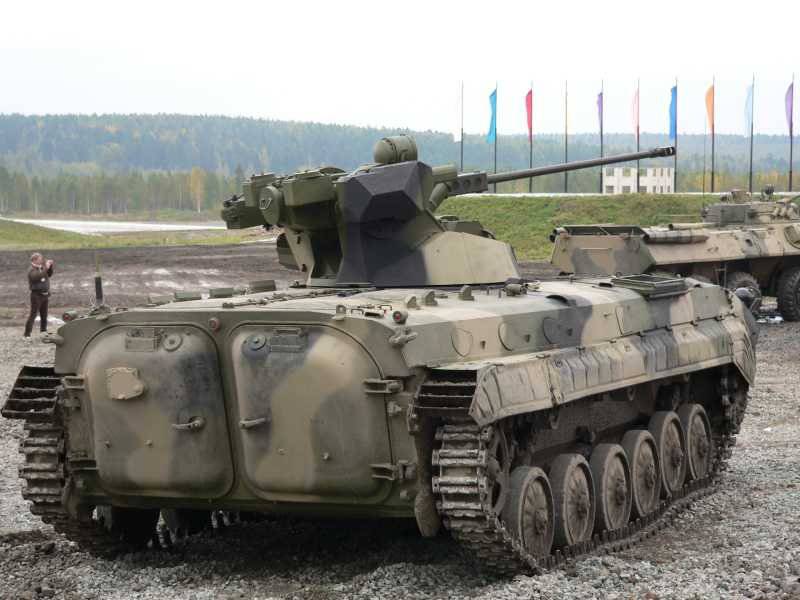
Attack Issues
In addition to protection - active or passive - the combat vehicle must also have means of attack, in other words, weapons. Consider the main classes of weapons used on modern BMP:
- Machine guns. Old and proven weapons. It can be installed both as the main weapon, and as a twin with a gun, and as anti-aircraft (with some reservations), and as soon as anti-personnel. Pluses machine gun / s - saving space in favor of the landing at the expense of the weapons and ammunition. The main disadvantage is low firepower. It is believed that the machine gun cannot completely cover all the needs of the BMP, but this does not prevent Israel from quietly using the Ahzarit machines armed with four FN MAG 7,62 machine guns.
- Automatic grenade launchers. They require a little more space than a machine gun, but have a significant advantage over it in firepower. At the same time, an automatic grenade launcher cannot knock down a tank or at least an infantry fighting vehicle, but the low initial speed of the grenade allows a great effect to bombard trenches and small fortifications (DOTs, etc.).
- Small-caliber automatic gun (about 30 mm). A fairly compact weapon with considerable power. However, it cannot be used against serious enemy armored vehicles. But against lightly armored or “bare” equipment or manpower, it is convenient and effective.
- Guns caliber 30-75 mm. A more serious weapon, it is possible to use armor piercing shells. But the dimensions are significant, which reduces the landing volumes.
- Tank guns. At first glance, the perfect "hybrid" of the tank and the BMP. But only at first - landing and ammunition will seriously compete for a place in the car. For example, the Polish Anders light tank has an 120-mm cannon. Looks serious. But only until you find out that its ammunition makes up only 12 projectiles. You can, of course, load another two dozen into the airborne unit, but then four soldiers will go into battle on foot. In short, an extremely disadvantageous weapon for the BMP.
- Universal gun-launcher. Already tested on the domestic BMP-3. It requires relatively large volumes for mixed ammunition, but in the case of the Troika it does not interfere with the transport of seven paratroopers. The use of ATGM allows the vehicle to attack enemy armored vehicles without entering its affected area, and with this to support infantry. But a single 100-mm gun is not enough, so the BMP-3 has a twin 30-mm gun.
- Anti-tank missiles (on a separate launcher). One of the most controversial weapons for infantry fighting vehicles. Supporters of the ATGM believe that this weapon significantly increases the firepower of the machine, allows you to attack the enemy from long distances and does not require the cost of internal volumes, besides those required for the ammunition. Opponents of anti-tank missiles, in turn, believe that the BMP, attacking a tank with a rocket, may attract his attention and soon receive a response in the form of a projectile. Opponents of the ATGM indicate that it would be more profitable to arm the infantry that the infantry fighting vehicles carry: let them land and disguise themselves and fire at the tanks. And yet most of the designers and the military adhere to the opinion that the ATGM is necessary for the infantry combat vehicle as its own weapon.
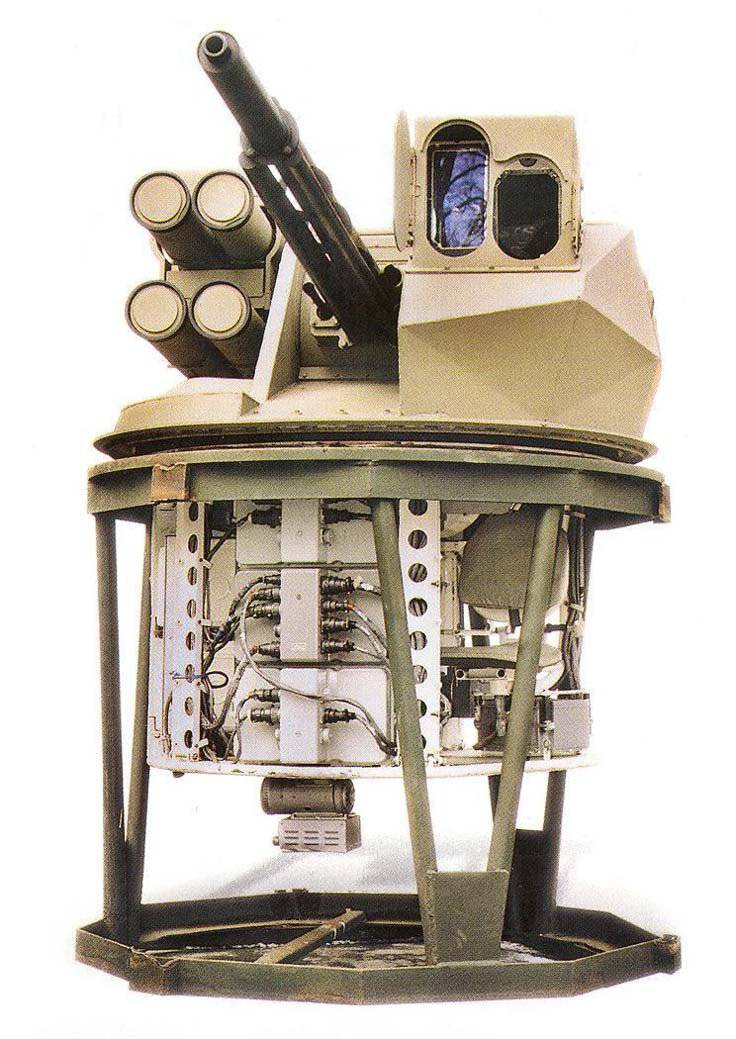
Vanity around concept
Attentive readers, probably, have already noticed that the armament and protection of infantry fighting vehicles are rigidly connected with the dimensions of the machine and sometimes even “suffer” from them. Weapons, ammunition, landing - everything takes place, but it is limited. And at the same time a certain versatility of infantry fighting vehicles catches the eye: machine guns for enemy infantry, guns for lightly armored targets, ATGMs for tanks. Maybe stop trying to cram into one body so much at once? Is it worth it to add a landing force to such a mass of weapons, cartridges and shells? In addition, initially BMPs were created as a cheap but effective means of supporting infantry, and modern machines with their weapons and control systems for them are priced at the heels of "full-fledged" tanks. What if, instead of one universal machine, to make it somewhat narrowly focused? And such work is already underway. Sweden is making its CV-90 line, Poland - “Anders”, Russia has begun work on “Armata”. According to the concept of unified combat vehicles, the following vehicles should replace the unified BMP:
- The actual infantry fighting vehicle - transports personnel and does not come into conflict with serious enemy equipment. Must have good protection and weapons, consisting of machine guns (including large-caliber) and automatic grenade launchers. In other words, the maximum internal volume must be given to the soldiers.
- Machine fire support. Must have a gun caliber 35-75 mm (depending on the views of the military on the use of the machine) and protection, similar to the previous machine. On the battlefield must cover the car with the personnel and, in appropriate circumstances, accompany the tanks. The crew of the fire support machine can be reduced to a minimum, for example, up to three people, which will allow you to place a gun with a solid ammunition on the machine without harming other “points”. Also, an uninhabited tower will not interfere with the combat vehicle: this will not only reduce the potential danger for the crew, but also reduce the silhouette of the entire vehicle.
- Fighting vehicle with a missile system. Collects all the benefits of the actual anti-tank systems and fire support vehicles.
It is also possible to create a machine armed with barreled and rocket weapons immediately. However, it will be both more expensive and more difficult, and probably harder. It is unlikely that it would be appropriate. But on the basis of a unified undercarriage it will be possible to create some more undoubtedly useful machines: repair and evacuation, reconnaissance and patrol, etc.
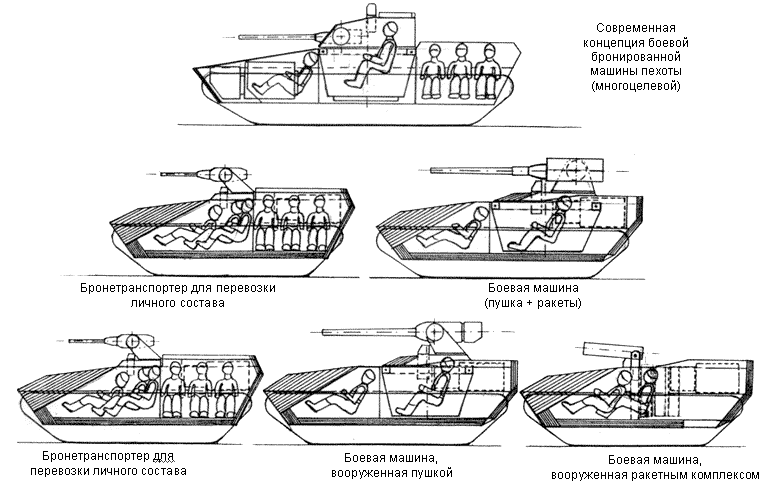
Clever unification
In 1943, Canada attempted to make a heavy armored personnel carrier out of the Ram tank. The result was called Kangaroo. It must be admitted that the designers removed the tower from the Rem and removed all the heavy weapons, not to increase the protection of personnel, but to improve maneuverability. But they managed both. In 80, the Israeli military remembered the Canadian experience. From the outdated “Centurions”, a heavy BTR “Puma” (not to be confused with modern German) was made with places for ten soldiers. In 1988, Israel began re-equipping captured T-54 and T-55 Soviet-made tanks into the already mentioned heavy Akhzarit armored personnel carriers, and from 2008, the Merkava-4 was remade into the Namer BTR.
Together with the corresponding combat mass, all the listed vehicles received a solid booking. Of course, they cannot be transported by air, but the Israeli IDF does not participate in operations far away from their homeland. It can be said that Puma, Ahzarit and Namer are fully adapted to the conditions in which the Israeli army has to fight.
It turns out, with certain reservations, the concept of heavy infantry fighting vehicles based on the main battle tank has the right to life. Moreover, unlike 40's, now the economic side of such a machine will be much more interesting for the customer. More than half the cost of a modern main battle tank (MBT) falls on weapons, weapon control systems and other equipment. Accordingly, the BMP made from the undercarriage of the tank will be significantly cheaper than the latter. One more plus of BMP from OBT is a large number of tanks already made, for various reasons waiting for their utilization. Converting them into infantry fighting vehicles will extend the life of vehicles and, in a sense, upgrade the fleet of armored vehicles.
True, the conversion of the tank in the BMP may cause a number of questions. For example, all Soviet and Russian tanks have an engine compartment in the aft part. In turn, in the domestic infantry fighting vehicles, landing hatches are also located aft. Israel solved this problem in the following way: the Akhzarit, made of T-54, received a new, more compact diesel engine, due to which it was possible to make a rather large manhole for the landing in the rear part of the vehicle. Interestingly, the panel-roof manhole when opening the door goes up and gives soldiers the opportunity to get out of the car, and not crawl out.
More interesting solved the problem of repackaging the tank in Jordan. The local designers did not subtilize with the new engine and simply “deployed” the old “Centurions”. The front of the tank became the stern of the BMP and vice versa. As a result, the engine was in the nose compartment of the car. In addition to this, the crew jobs had to be slightly modified.
BMP of the future
Whatever the controversy over the appearance of promising infantry fighting vehicles, everyone agrees on one thing: they are needed. In the past few years in the field of construction of infantry fighting vehicles there has been a twofold attitude towards the universality of the combat vehicle. On the one hand, work is underway on modular systems that allow the machine to be refitted in the shortest time possible for specific purposes. On the other hand, projects began to appear regularly, implying the creation of several separate machines on a single basis. Processing of tanks in infantry fighting vehicles, in turn, is not particularly popular. So at the moment we can conclude that a lot of small, but well-protected cars will drive through the fields of future battles. At the same time, they, with the exception of some details, will be similar to each other, like close relatives. But why “how”? Machines built on the basis of a unified platform, really are the real "relatives".
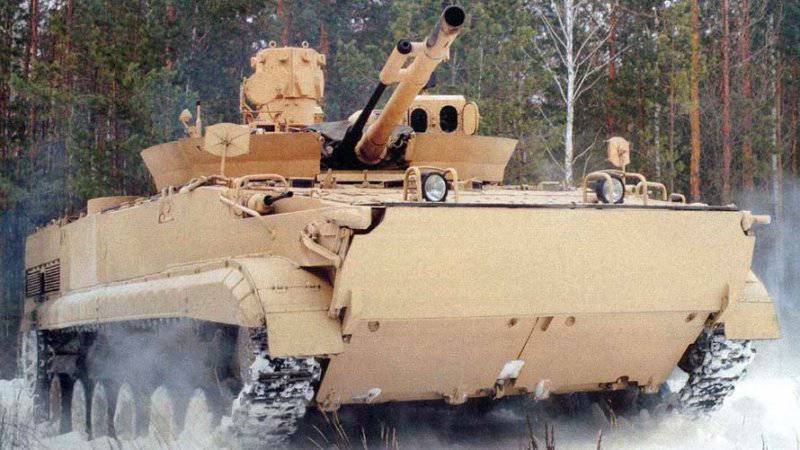
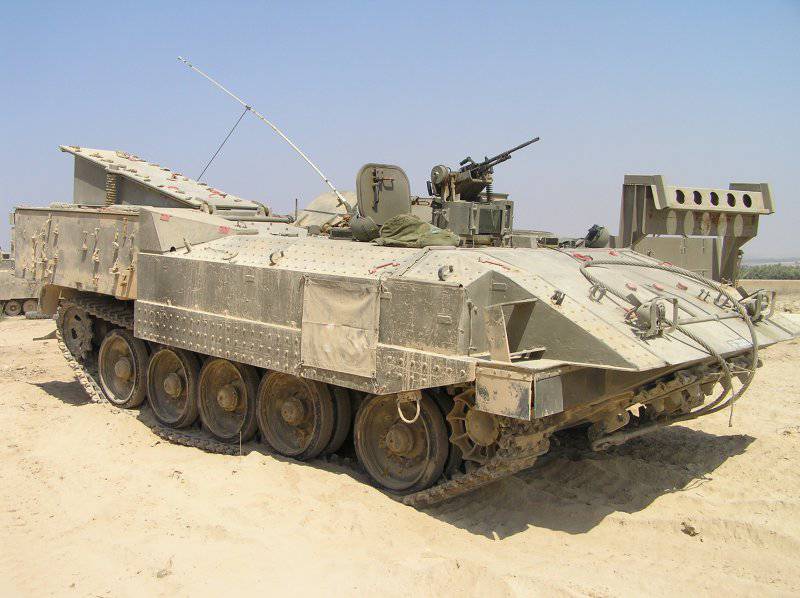
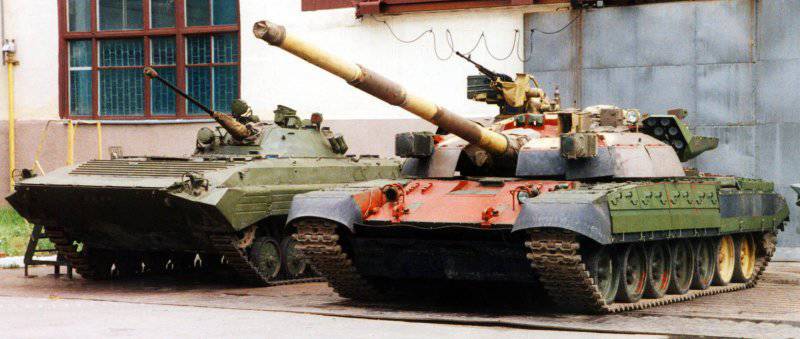
Information